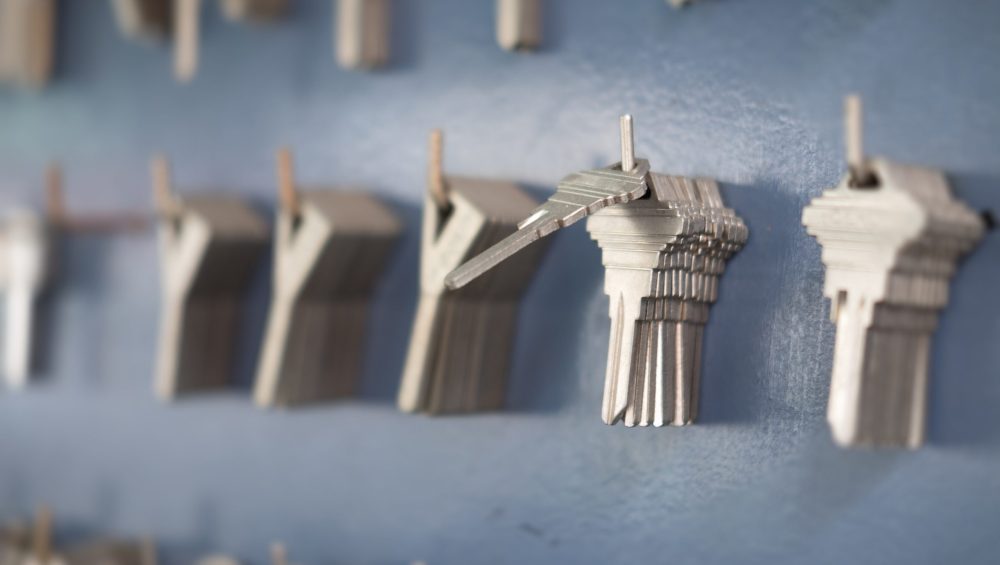If you make a habit of lifting heavy things it’s inevitable you’ll likely experience a few setbacks along the way.
These can range anywhere from the “no big deals” (bloody shins from deadlifting, shoulder niggle) to the dire (disc herniation, explosive diarrhea).
…or worse case, forgetting your squat shoes on squat day.
Suffice to say: Getting hurt is frustrating. Attempting to work around an injury can be even more so.
It bothers me when people default to tossing their hands in the air and surrendering themselves to a two-to-four week window of “rest” and Netflix.
There’s a lot of good that can be done, even underneath the umbrella of injury.
Instead, I’ve long championed the idea of trainees finding their Trainable Menu and focusing more on what they CAN do rather than what they can’t.
Another way to re-frame things is to find your entry point.

Find Your Entry Point
Speaking of entry points: I sat down with my four-year old this past weekend to watch Jurassic Park. Now, most coherent parents would start with something a little less scary.
You know, say, Dino Dana or, I don’t know, Care Bears.
Nope, I went with the ginormous, scary T-Rex.
In hindsight, it probably wasn’t the best “entry point” for someone who has no idea dinosaurs aren’t real. Again, maybe Toy Story or, hell, Mighty Morphin Power Rangers would have been a more germane choice?
I gotta say, though…
…Julian handled the T-Rex like a champ.
He didn’t blink once. He giggled when the guy sitting on the porto-potty met his demise.
I didn’t know whether to be proud or scared shitless.
Kid’s the next John Wick in the making.
Okay, Cute Story Tony. But WTF Are We Talking About Here?
Yeah, yeah, yeah…
Lifting heavy things.
Entry Points.
I’ve recently been making my way through Dr. Michael Mash’s excellent resource, Barbell Rehab, and giving credit where it’s due…he’s spends quite a bit if time throughout the course discussing the idea of entry points and how to use the concept to guide anyone’s return back to a specific lift after injury.
Let’s use the bench press as an example.
If someone has pain when he or she bench presses with a straight bar, finding their entry point is nothing more than altering the lift the minimal amount possible in order to gain the minimum desired training effect.
For the visual learners out there it may look something like this:

Adapted from Barbell Rehab
TO BE CLEAR: If pain exists in the shoulder the idea is NOT to automatically regress all the way back to a push-up.
I know some people who’d rather swallow a live grenade than do that.
Instead, the goal is to be as specific as possible in order to elicit a (relatively pain-free) training effect.
If someone has pain with a straight bar FLAT bench press, however it alleviates significantly when you switch them to a decline bench press.
Sha-ZAM.
You just found their entry point.
Maybe it’s DB Floor Presses for one person, and yes, maybe it’s a push-up (albeit loaded) for another. The idea is to TRAIN.
Moreover, it also could just come down to tweaking their grip slightly or adjusting some component of their technique.
Rehab doesn’t always have to result in sending someone to corrective exercise purgatory.
Likewise, using the squat as an example, sometimes the entry point is using a different bar (Duffalo or Safety-Squat Bar) if the shoulder is the issue, or maybe it’s having someone squat ABOVE parallel if it’s their knee(s) or hip(s) bothering them.
Sometimes, and hear me out, we may have to combine the two: Not a straight bar AND above parallel.
Tha fuck outta here.
Yes, it’s true.
And everything’s going to be fine.
In fact, more than fine.




